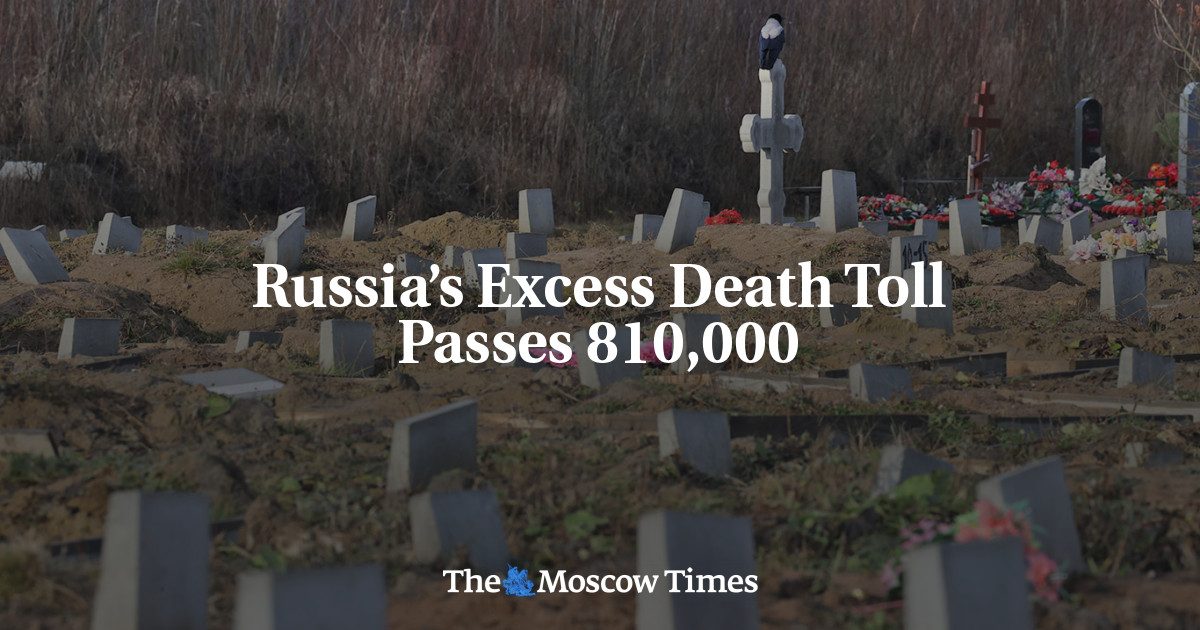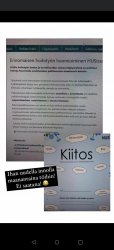Olen erittäin tyytyväinen, että tällainen työkalu on meille suotu, kommentoi hiihtokeskuksen toimitusjohtaja Jouni Palosaari koronapassia.

www.iltalehti.fi
Tässä yksi esimerkki miten pelko hallitsee näitä rajoitusten kannattajia: Rokotetut ovat lopultakin turvassa rokottamattomilta!
"Olen erittäin tyytyväinen, että tällainen työkalu on meille suotu, kommentoi hiihtokeskusyrittäjä Jouni Palosaari koronapassia.
– Nythän tietysti olemme siirtyneet leviämisalueeksi. Koronapassilla pääsee rajoituksista, mitä se leviämisalue muuten toisi. Olemme saaneet myös viestejä monilta asiakkailtamme, jotka ovat tervehtineet tätä ilolla. He kokevat olevansa
turvassa, kertoo Pesonen.
"



/img-s3.ilcdn.fi/e1a563555c14d301ef606e81546d1f923fd635b877a09ad9e0ec380b381f2c0f.jpg)


